I recently upgraded my Surface Pro 3 to Windows 10. I had the Windows 10 icon appear in the corner and after reserving my copy, it downloaded the necessary files for me. The download did take awhile. I didn't actually time it, I let it run in the background.
The transition was easy enough. I followed the instructions and after a short time my Surface was booted into Windows 10.
I wasn't in Windows 10 long enough to run through all the tasks I normally use my computer for. So, I can't really say too much about differences in performance from Windows 8.1 to 10.
Most of the tasks I did were basic (web browsing, email etc.), the performance was fine and settings were kept. I didn't find any problems with keyboard or mouse input. However, when running Autodesk Sketchbook 2015, I ran into pen input issues.
Specifically, the "Layers Menu" didn't read the location of the pen correctly causing that context menu to not work. Other menus seemed to work fine. There was also an odd misread of the pen location on the right side of the screen in portrait mode where the pen stopped short of the edge and would jump to the top of the screen.
I tried repairing the Sketchbook install and eventually did a fresh install. I calibrated the Surface pen several times and restarted the pen. I ran updates etc. but the problem persisted. I couldn't find anyone with similar issues on message boards. I needed immediate access to the software so I downgraded back to 8.1
Fortunately, Microsoft put in a contingency to allow you to easily go back to your previous operating system for up to 30 days after you do the upgrade. After 30 days, the old OS files are deleted from the system to free up disk space.
In the short time with the interface, it was visually pleasing, and relatively intuitive. It allows you to operate in two modes, desktop and tablet mode. Desktop mode operation was a pretty straight forward similar to previous versions of Windows. Tablet mode was a bit disorienting.
Tablet mode did not operate like Windows 8 or 8.1. So things like the Charms bar and screen swipes which I had finally gotten accustomed to were gone. I found even things like the power button and the adjustment for screen brightness in very different locations and will take some time to get accustomed to.
The "Start Menu" is different. It is neither like the traditional Windows start menu or the Metro Tiles. It incorporates a bit of both. It took a bit of time to orient myself to where everything was located.
Writing in Edge was interesting. It was great to be able to make notations directly on web pages. But I haven't tried sharing a notated webpage yet so I'm not sure how often I'd use it. At this point, it seems like something that once I learned how to use it, might be invaluable.
Haven't tried Cortana yet.
In tablet mode, I found it difficult to keep track of what programs were open. When I switched back to desktop mode I found a bunch of windows open.
I used the desktop in Windows 8.1 almost exclusively so, I foresee myself using Windows 10 mostly in desktop mode.
I'll update my thoughts as I work with other computers with Windows 10 and eventually upgrade my Surface Pro 3...again.
Please leave any experiences or thoughts you have on Windows 10 in comments section below.

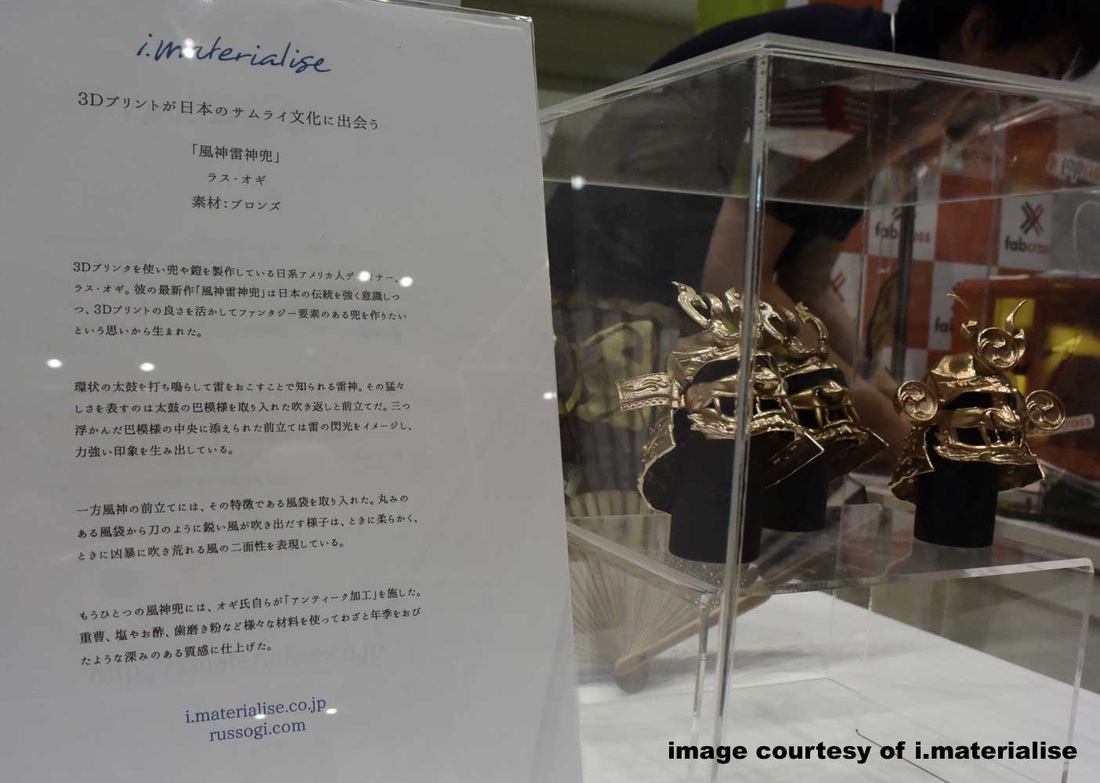
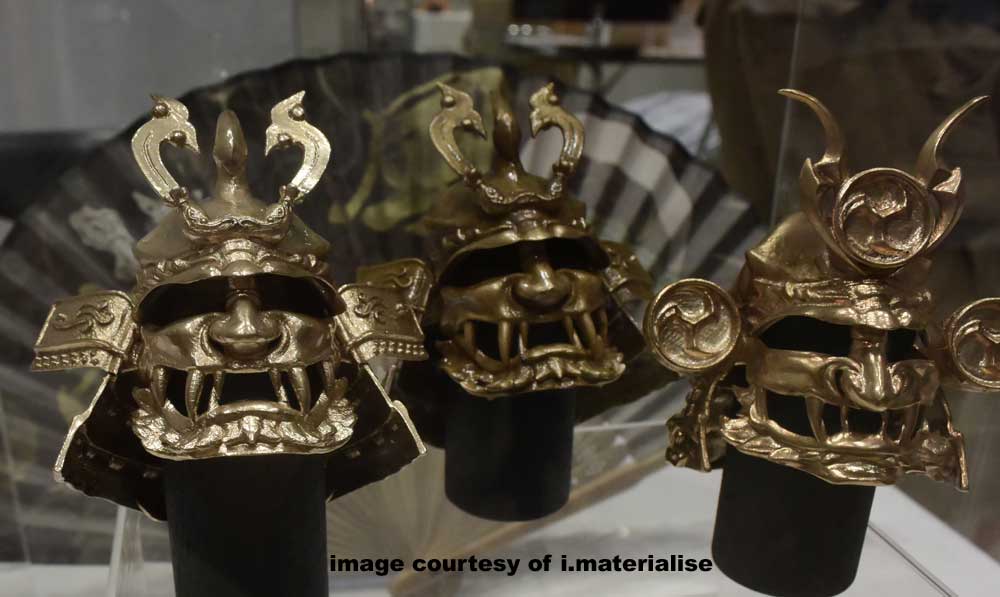
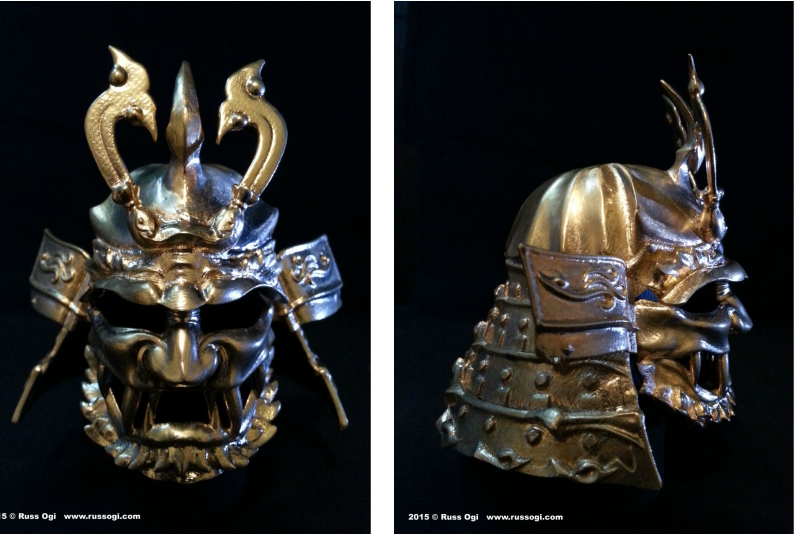
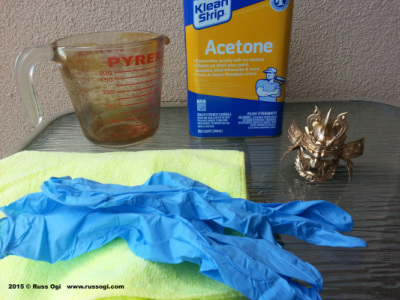
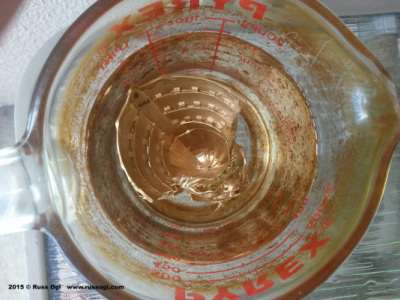
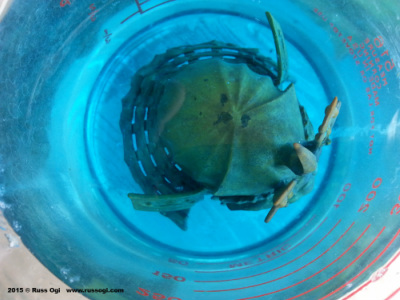
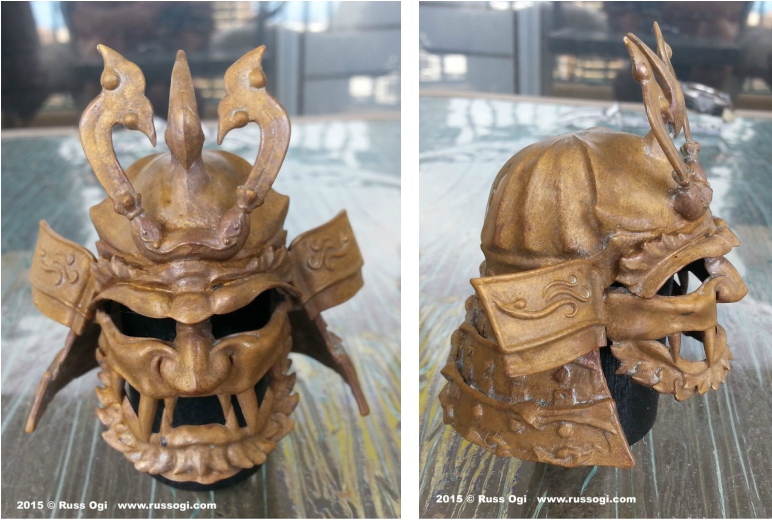
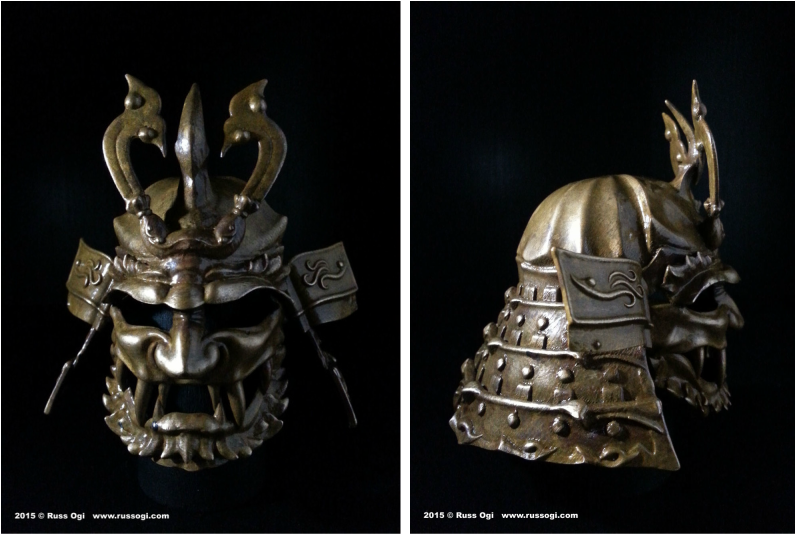
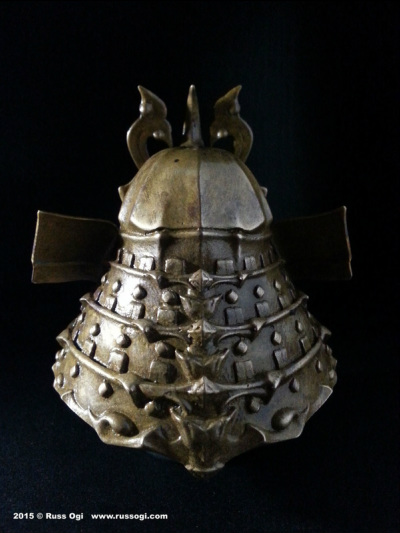
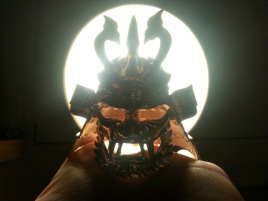
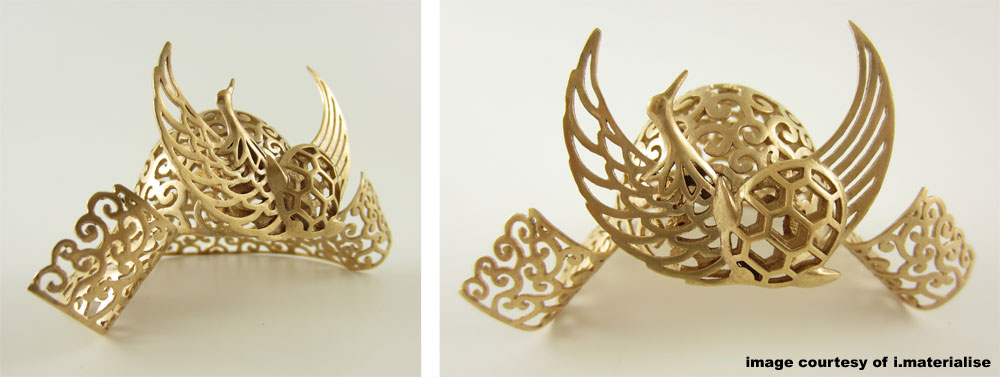
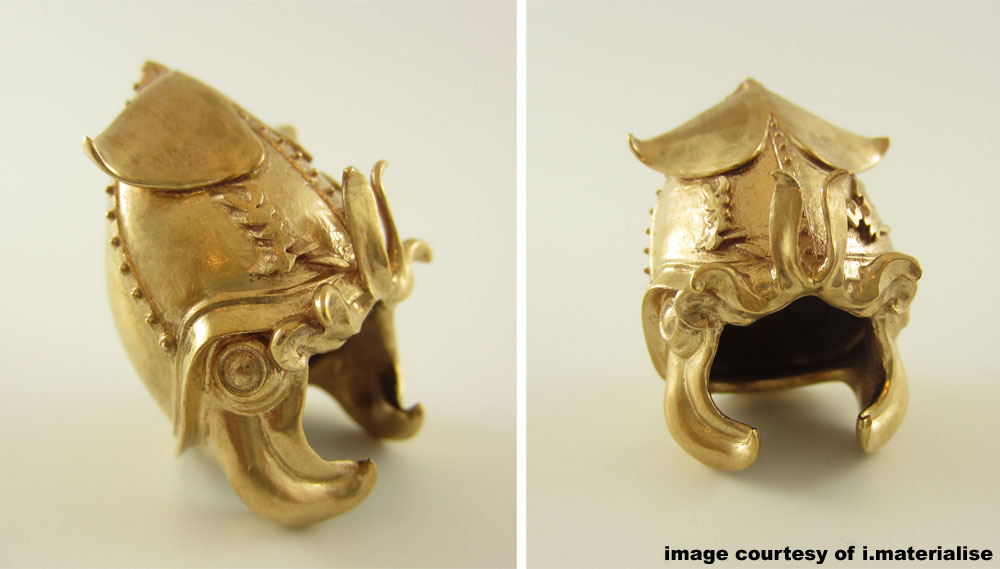
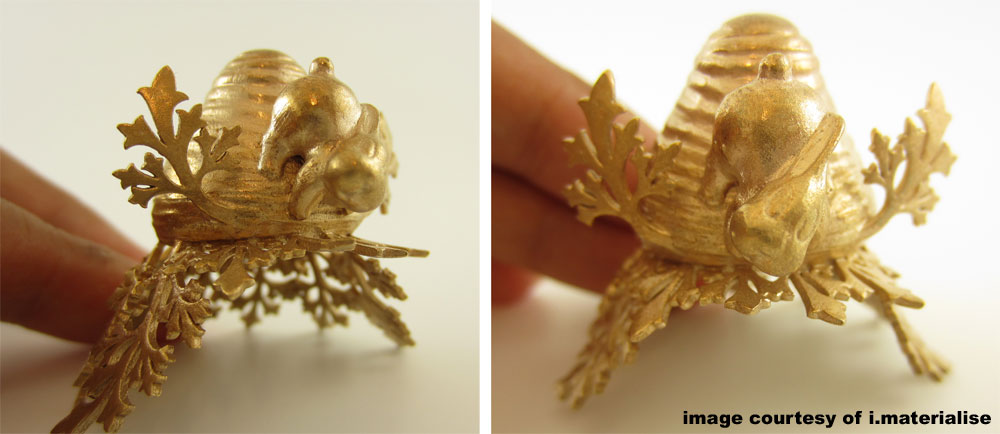
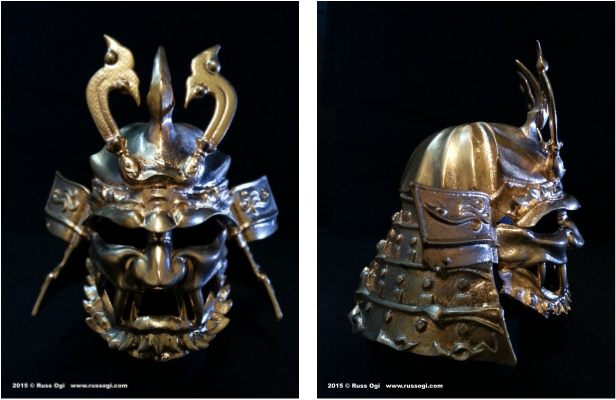
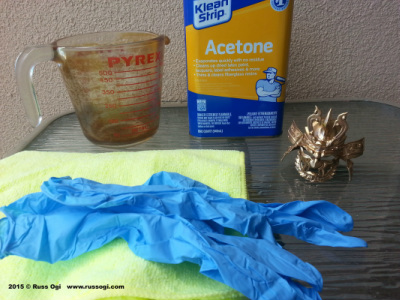
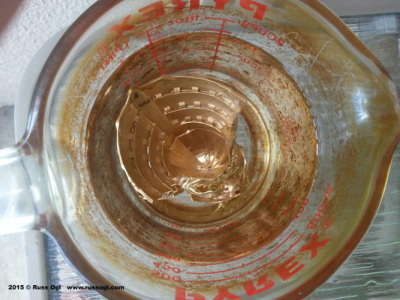
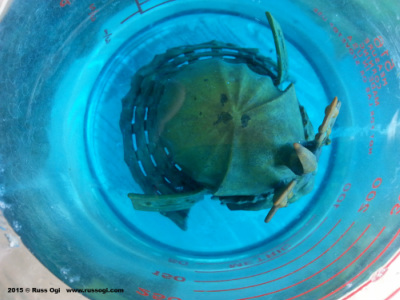
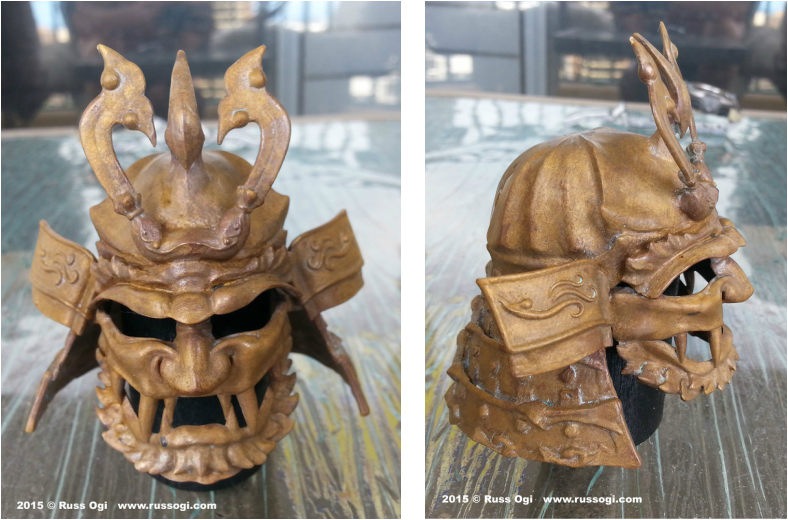
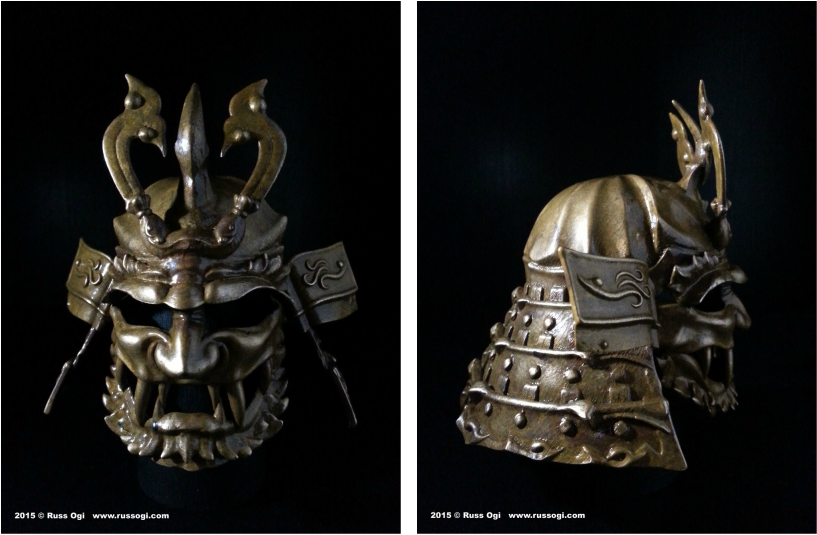
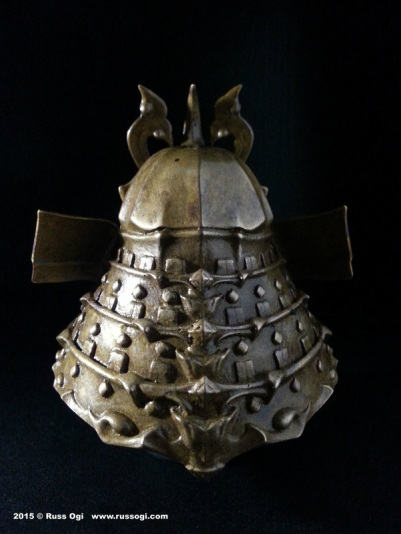
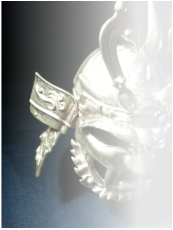
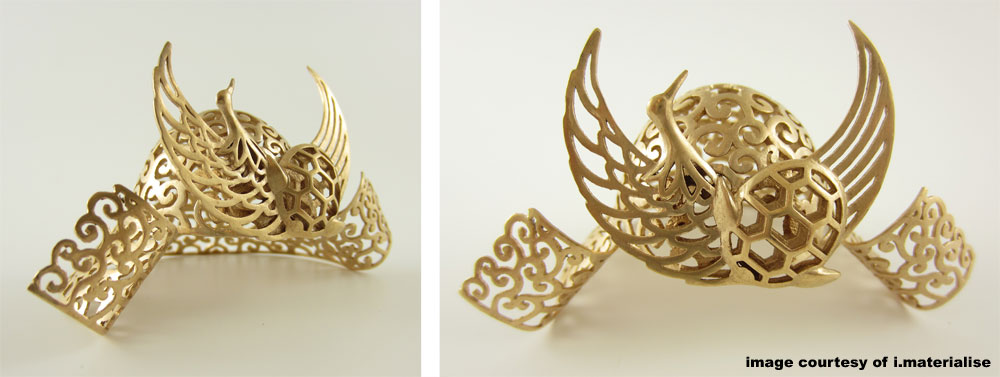
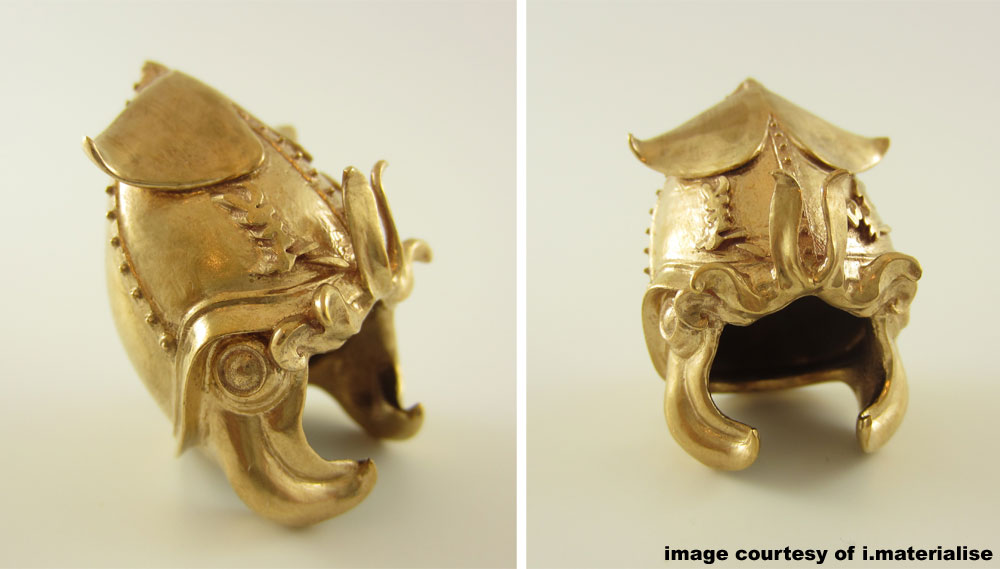
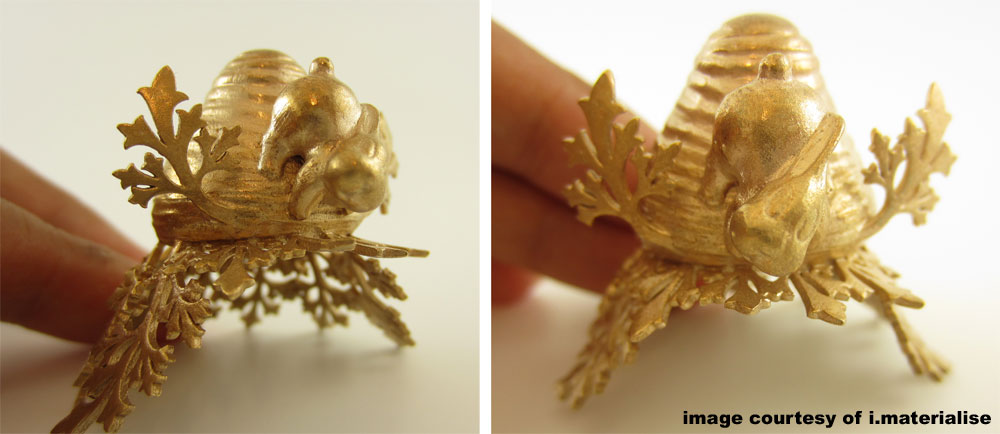

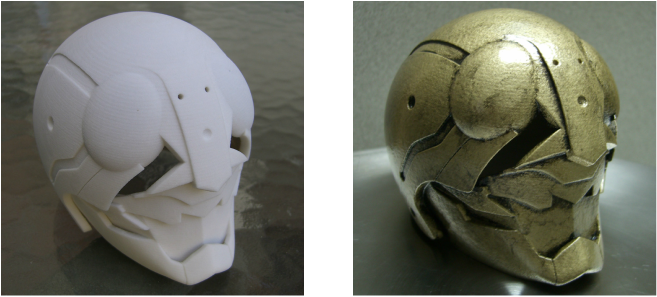
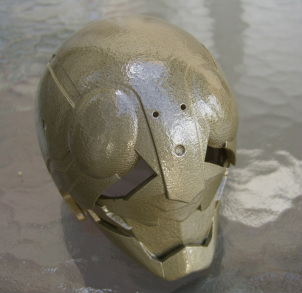
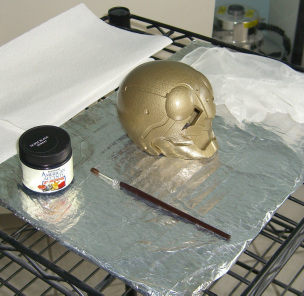
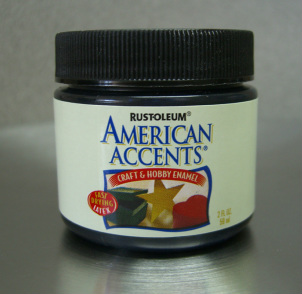
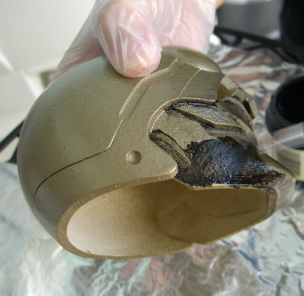
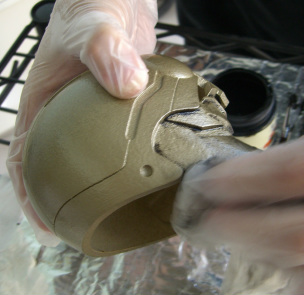
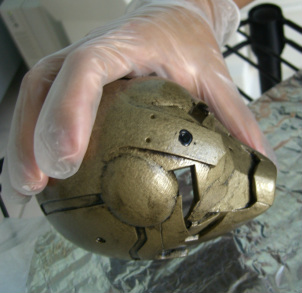
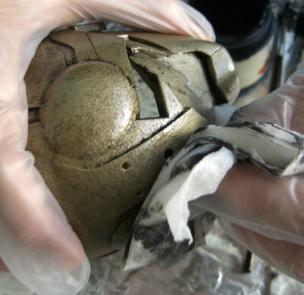
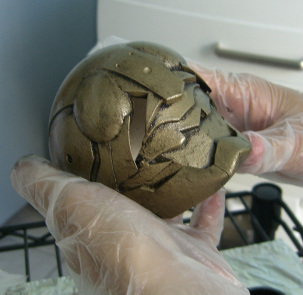
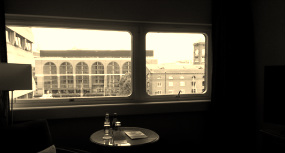
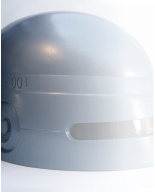

 RSS Feed
RSS Feed